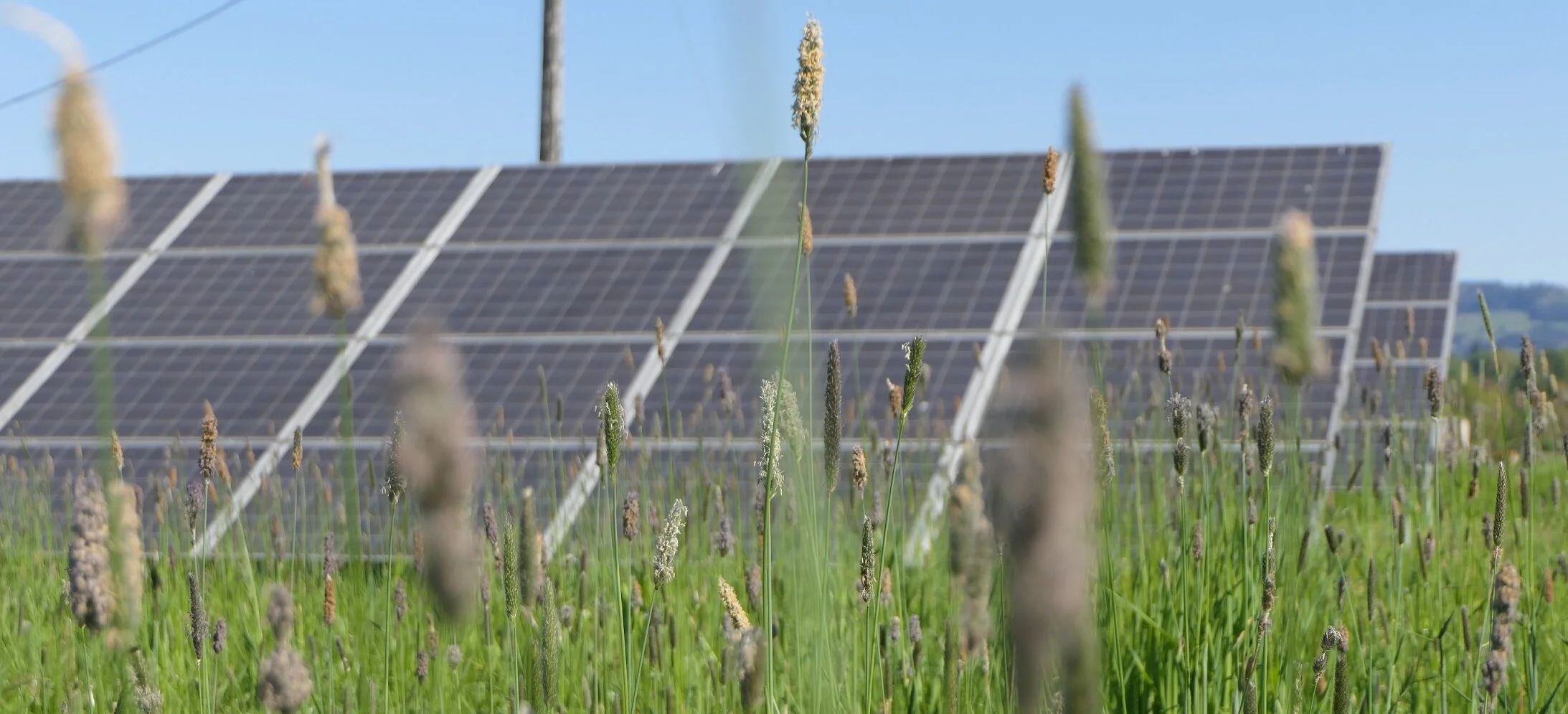Energy by the Numbers
Oregon’s Energy Story
Oregon’s energy story has evolved over time thanks to new technologies, resource availability shifts, and policy changes. While the Pacific Northwest has a long history of using hydropower, 20 years ago, solar- and wind-generated energy was scarce. Today, Oregon’s energy resources are diverse. In the chart at right, start at the left to see imported energy and energy produced in Oregon. The numbers represent trillions of Btus of energy.
The energy lines flow from left to right to show the different types of resources (hydro, natural gas, solar, and others), and where they end up in Oregon’s energy story — from transportation fuels to the natural gas and electricity that supply homes and businesses. Some energy ultimately goes unused and some is exported to other states.
Oregon Energy Flow Diagram
The numbers in the diagram represent trillions of Btus of energy. A British Thermal Unit is a measurement of the heat content of fuels or energy sources. Btu offers a common unit of measurement that can be used to count and compare different energy sources or fuels. Fuels are converted from physical units of measurement, such as weight or volume, into Btu to more easily evaluate data and show changes over time.
Oregon’s Energy Consumption Over Time
Oregon saw an overall trend of increased energy use for almost four decades—an average of 3.6 percent growth per year from 1960 to 1999. During that time, we shifted from a reliance on fuel oil and wood to increased usage of natural gas and electricity in our homes and businesses. Oregon reached our highest consumption of energy in 1999. Since then, total energy use has been decreasing.
At a Local Level
Oregon Counties
Profiles for each Oregon county provide residential data related to population, demographics, income, energy and transportation burden, and household characteristics. The profiles paint a picture of how energy is used in each county, along with the nexus between energy and other important community attributes.
Energy by the Numbers: Full Report Table of Contents
Understanding Oregon’s Energy Story
Energy Use in Oregon
Electricity Use
Direct Use Fuels
Transportation Fuels
Energy Production
Energy Facility Siting in Oregon
Energy Costs & Economy
Energy Efficiency
Energy End Use Sectors
Sector Profiles: Residential, Commercial, Industrial, Agriculture, & Transportation









































